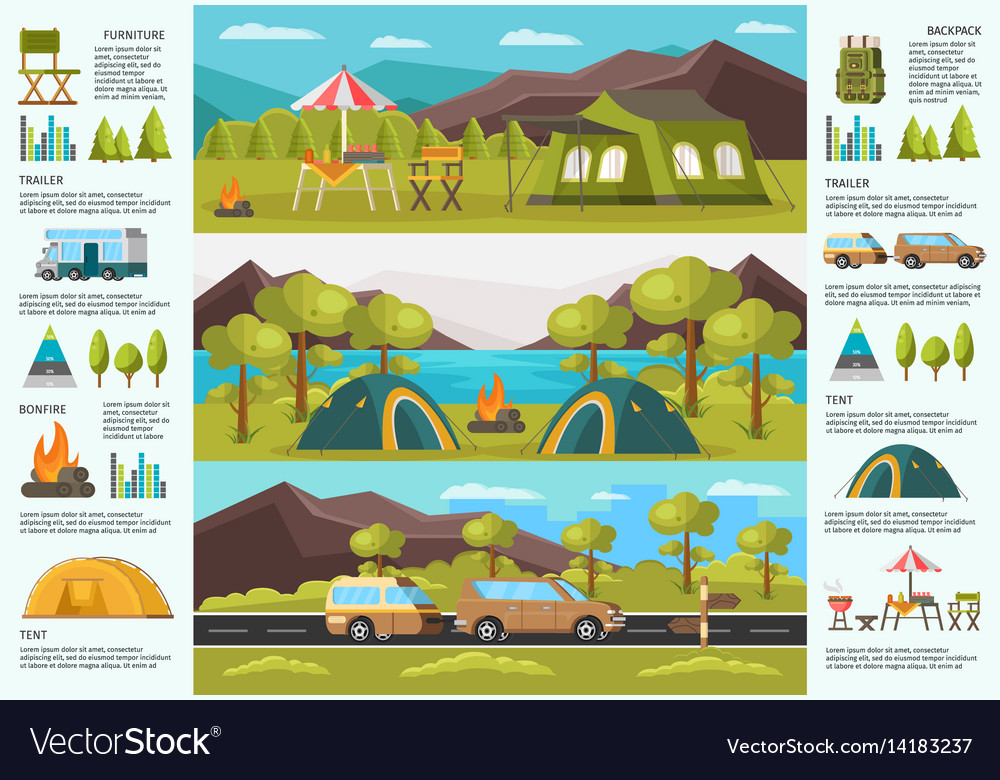Maximize Your Online Revenue With These Tips By Selling Camping Tents
Maximize Your Online Revenue With These Tips By Selling Camping Tents
Blog Article
Taking Pictures of the Evening Skies
A range of elements can affect night sky digital photography. From weather conditions to upcoming celestial events, you'll intend to intend in advance to make sure success.
Are canvas tents waterproof?
The shutter rate you choose figures out whether stars appear as specific pin-points or trail throughout the image. A great general rule is to limit the direct exposure to 500 seconds, or the equivalent of your lens's focal size.
Place
One of the most vital factors in a great picture is where you take it. Aim for places with marginal light pollution, and prevent areas that have brilliant city lights and skyscrapers.
Also, look for a location that offers foreground aspects to develop compositions with. For instance, dune patterns, wind-sculpted ridges and rough outcrops can all provide appealing foreground components to help tell the tale of your evening skies picture.
It is also valuable to research astronomical occasions such as meteor showers and lunar eclipses to take advantage of opportunities for terrific pictures. Making use of a tool such as the Professional photographer's Ephemeris can be exceptionally useful when planning your shoots. It assists you to figure out moon phases, Milky Way position and other expensive occasions. Also, think about capturing in RAW style as opposed to JPEG as this offers you more flexibility when refining the pictures. This is specifically true if you prepare to print your pictures.
Electronic camera Setups
Getting the right video camera setups is necessary for any photograph, however particularly so for night skies pictures. A wide-angle lens is best for recording even more of the Galaxy and lowering celebrity routes, along with a much longer shutter rate to quit the motion of celebrities and disclose their information.
For an optimum degree of quality, shoot in RAW layout as opposed to JPEG, which allows you to protect more data and offers versatility during post-processing. This can likewise contribute to file size, so ensure you have lots of storage area and additional sd card handy.
Establish your emphasis to hands-on focusing by flipping the AF/MF switch on your lens right into MF mode. You may need to take a couple of examination shots and examine the photo playback on your electronic camera's LCD display up until you accomplish ideal, pinpoint manual emphasis. It's a great idea to do this during the day with your selected lens and the area you will certainly be contending night, to verify the accuracy of your emphasis setup.
Illumination
A good night skies picture requires the right problems. This consists of a dark sky, but also an interesting foreground component such as a hill imminent, a lake to reflect the stars, or a human component like a barn or shed. You can also use a headlamp to light up the foreground and include some dramatization or depth to your image.
One of the most crucial cam settings for night skies digital photography are the aperture and shutter speed. The bigger the aperture, the extra light that reaches the sensor. This allows you to record brilliant stars in a fairly brief amount of time.
The shutter rate figures out whether your stars will be pin-point excellent or if they will certainly appear as star trails due to the Earth's turning. Make certain to take several long direct exposure shots and pile them in post-processing for the best results. Last but not least, shoot in RAW setting to offer yourself maximum latitude in post-processing.
Structure
The key to beautiful star shots isn't a premium telescope, a brand-new wide-angle lens or a high-grade Canon or Nikon camera. It's strategy, preparation and structure.
For starters, look your shoot area in advance to luxury camping get a feel for the layout and possible make-ups. Think about incorporating foreground components such as rocks, a lake or alpenglow on the landscape to include character and passion to your photos.
Keep in mind the Policy of Thirds when composing your pictures. This straightforward concept aids balance and link pictures. It's likewise helpful for focusing on sights in your photo, such as rock functions or the Milky Way. Additionally, remember to intend your shoots around moon phases-- capturing at a full moon can subdue stars and develop a silhouetted shape, while firing on nights with a new moon can aid you see constellations much more plainly.
What are the types of camping?
